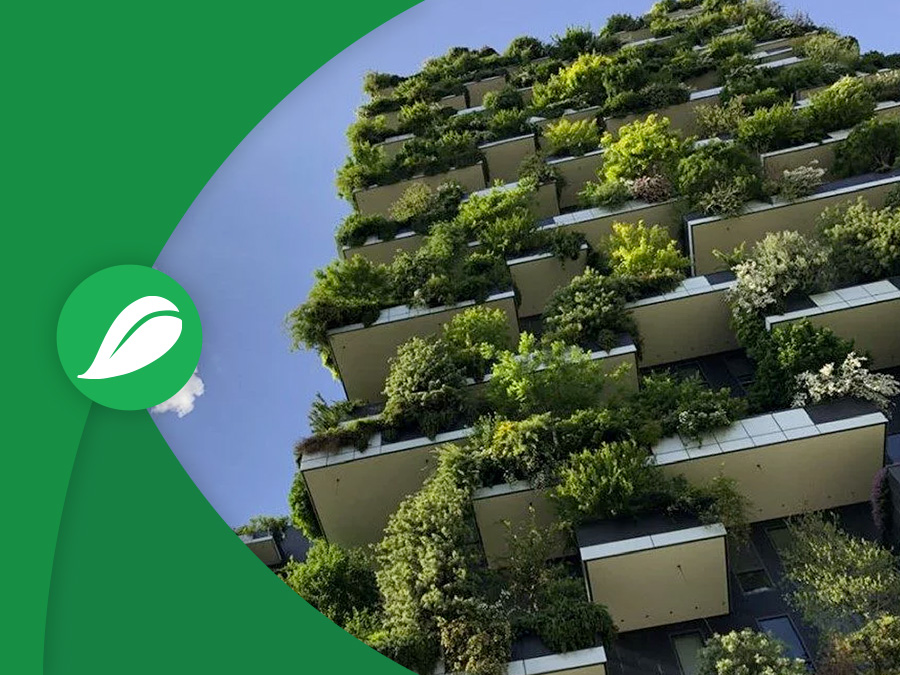Content index
Green cities
Green cities are essential for climate change mitigation and adaptation.
Modern architecture is increasingly harnessing natural resources like wind, sunlight, and vegetation to enhance energy self-sufficiency and reduce environmental impact.
Over the last two decades, building design has seen innovation in terms of shapes, materials, and functions.
One of the most successful trends involves covering buildings with plants and trees, replacing concrete and steel with forests.
This approach brings substantial benefits in the fight against climate change.
There's also the concept of biophilic design, a new frontier in sustainable design that applies to architecture and external facades. This has given rise to tree-like buildings, marking the beginning of an urban revolution based on a new ecological urban planning model.
The goal is to create and maintain natural environments in highly urbanized cities.
So, what are the benefits of vertical forests?
- Microclimate Creation: Vertical forests contribute to the creation of a microclimate, offering cooler and more comfortable living conditions
- Biodiversity Enhancement: They stimulate biodiversity, forming an urban ecosystem that can support various plant and animal species.
- Spontaneous Recolonization: These structures often lead to the spontaneous recolonization of vegetation and animal life in urban areas.
- CO2 and Fine Particle Absorption: Vertical forests absorb carbon dioxide and fine particulate matter from the air, helping to purify it
- Sun and Wind Protection: They offer protection from the sun's rays and wind, making the urban environment more livable.
- Oxygen Production: These structures produce oxygen, further improving air quality
- Humidity Generation: Vertical forests contribute to increased humidity levels, which can be beneficial in dry urban environments
- Noise Reduction: They also help reduce noise pollution in cities
One of the most famous examples of vertical forests is the project created by Studio Boeri Architetti, known as the Vertical Forest (Bosco Verticale).
The project aims to establish urban forestry and regenerate the environment and biodiversity.
The idea is to create a forest with a vertical development instead of horizontal expansion. This approach allows for densification in height rather than territorial expansion.
These systems optimize, recover, and produce energy.
There are numerous vertical forest projects from around the world, and they represent the future of many major cities.

